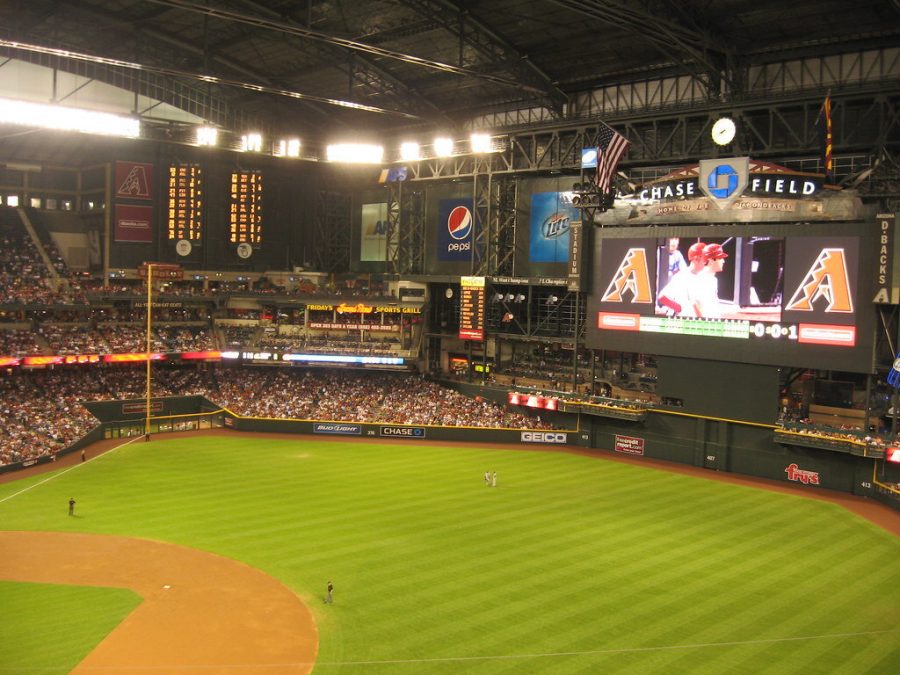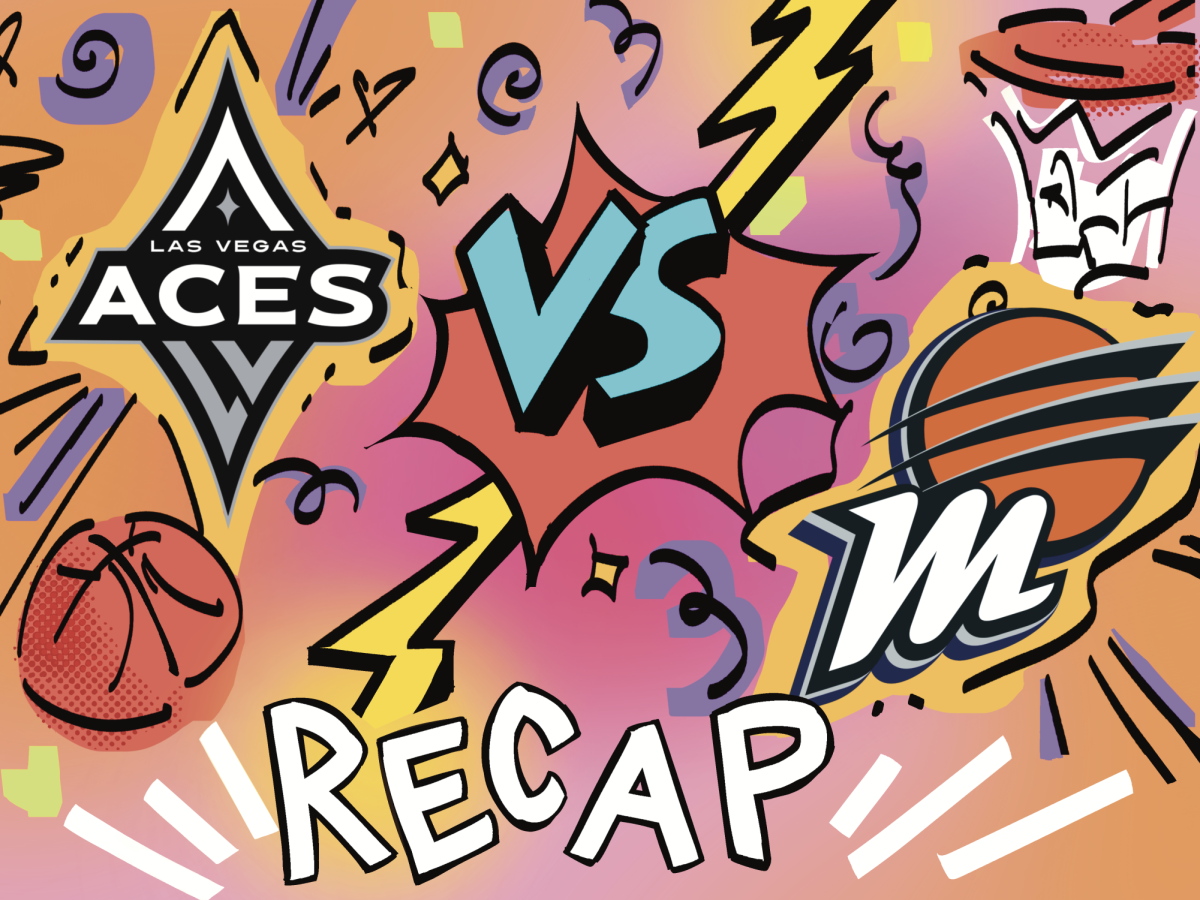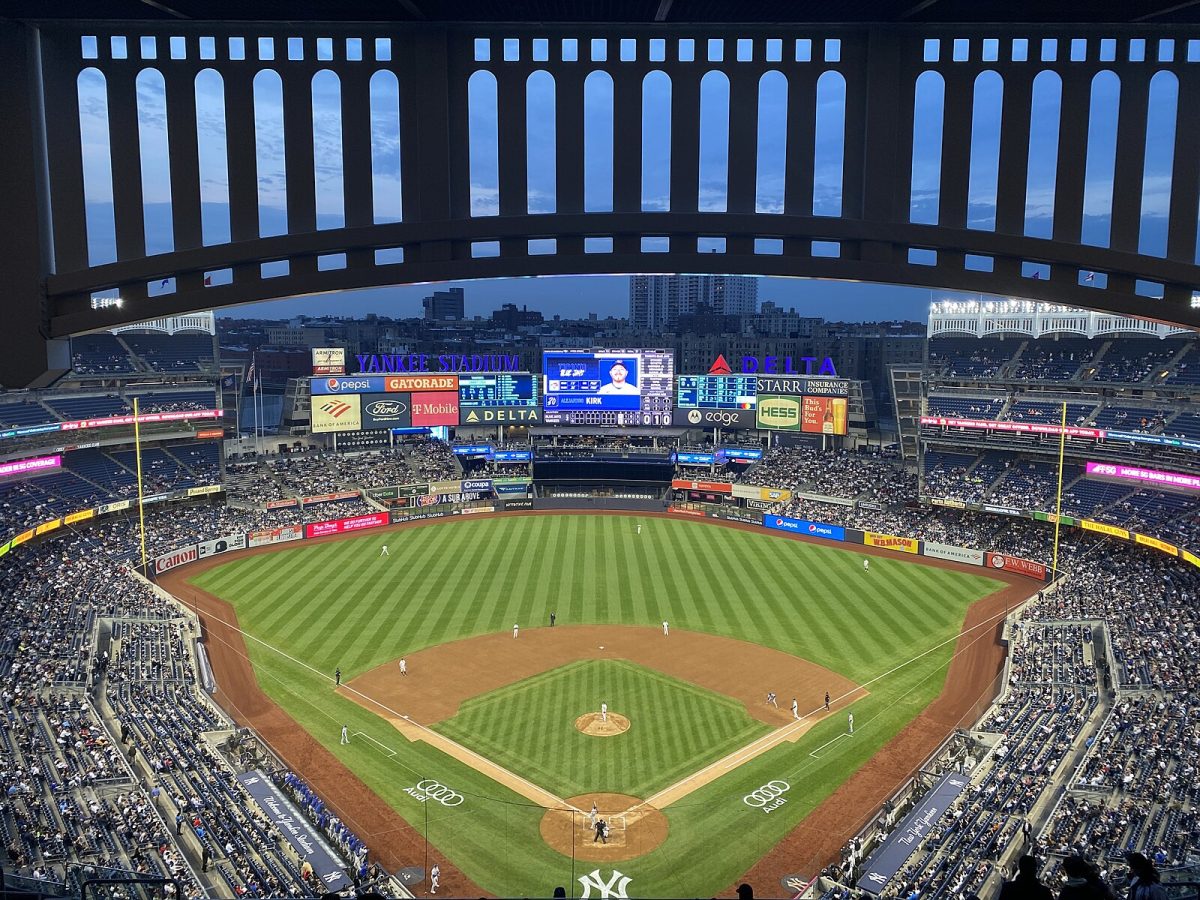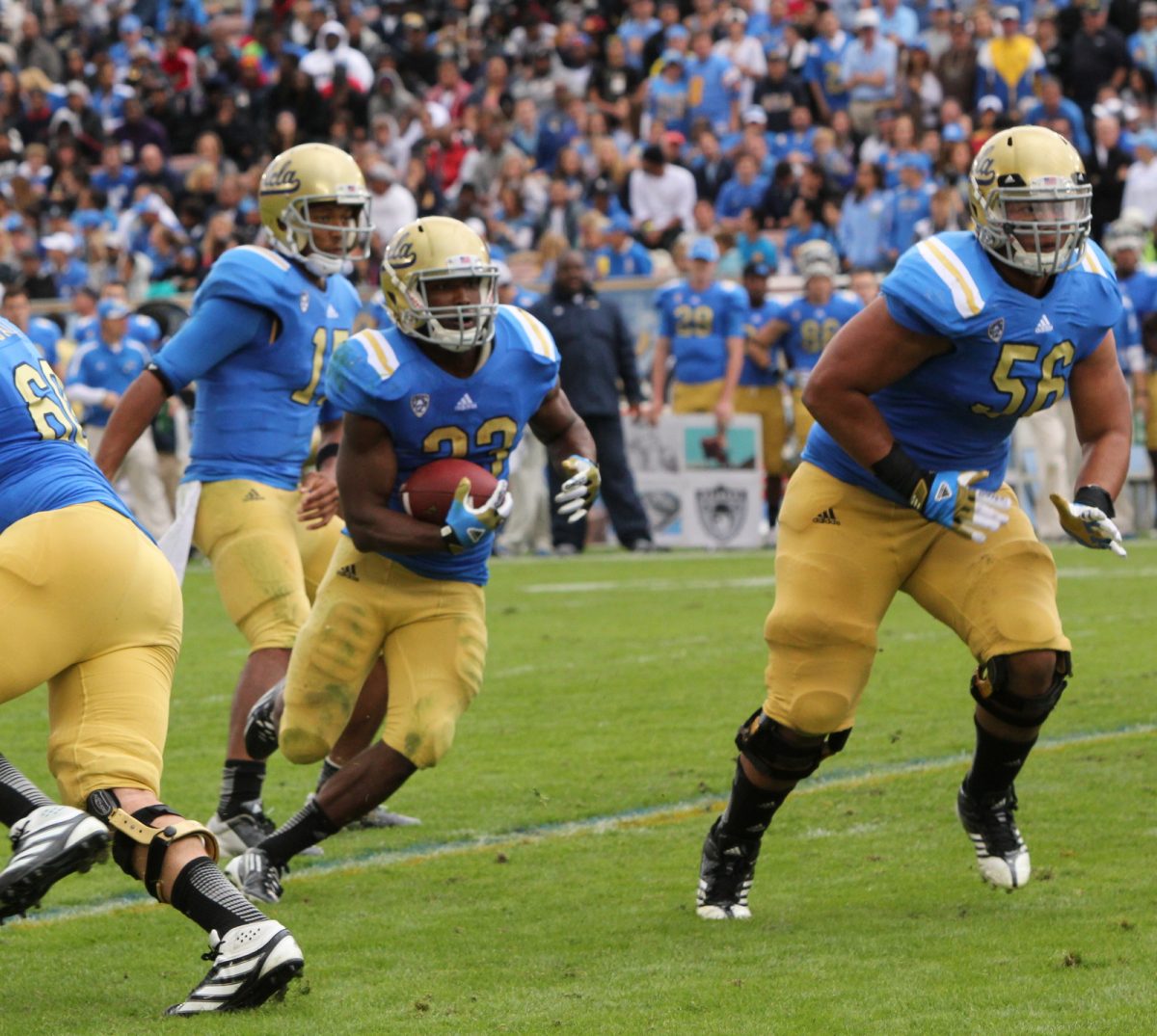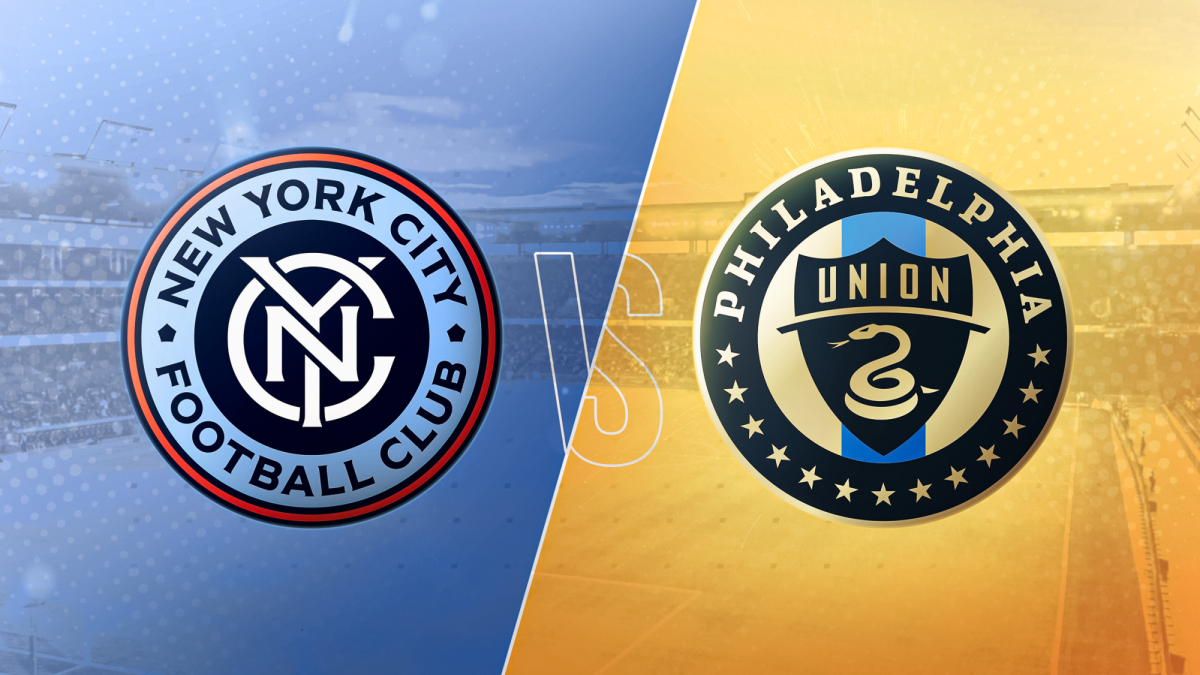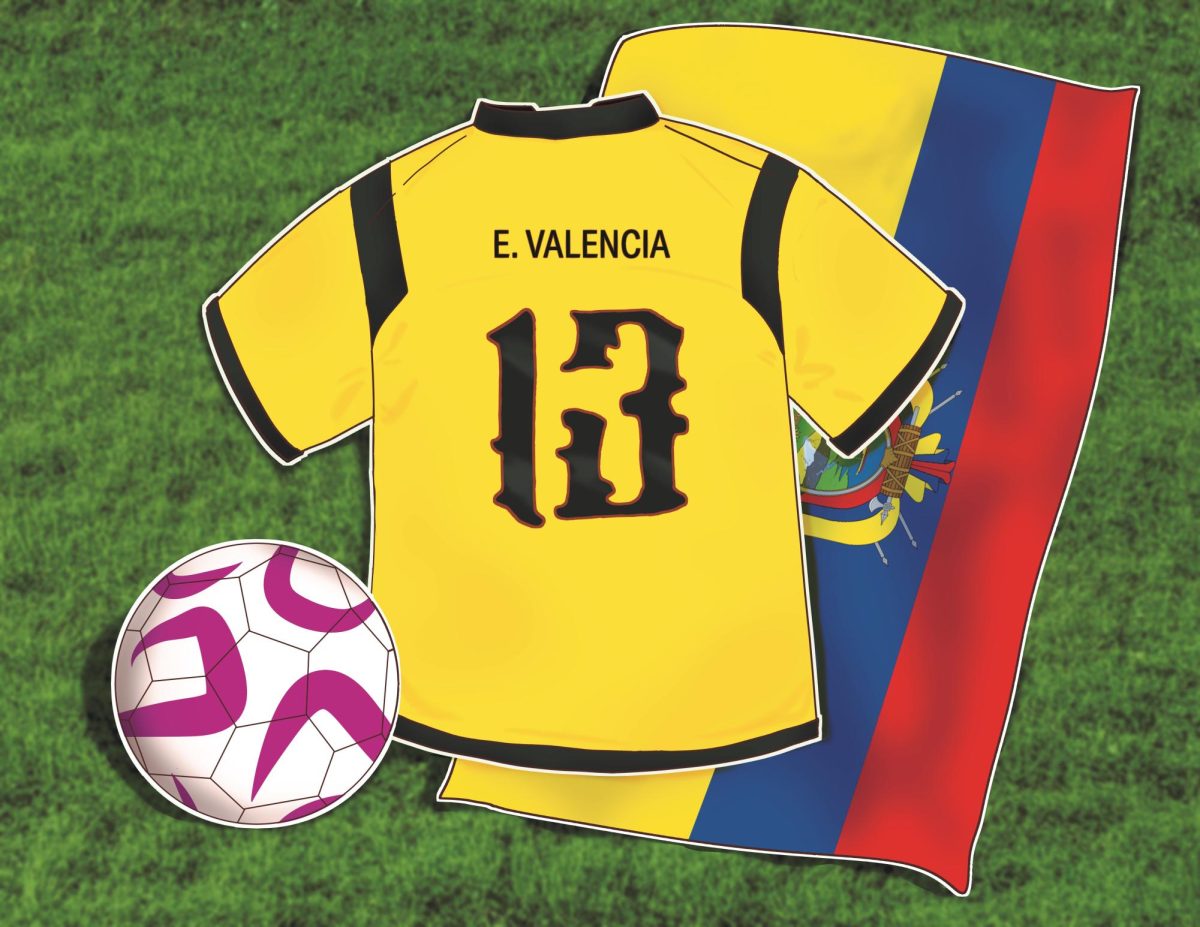In the midst of the coronavirus pandemic, professional sports leagues around the world are struggling to establish any semblance of a plan to restart play when public health officials give their approval. The logistical challenges of keeping players and staff safe, the question of fan attendance, and revenue streams are only some of the numerous challenges that leagues and organizations alike must tackle without the luxury of precedent. However, Major League Baseball has unveiled several ideas that have been taken into consideration by the decision-makers of the league in the hope that America’s Pastime can return in 2020.
One of the most pressing issues regarding the restart of baseball is logistics. For better or for worse, traveling between cities is dangerous with the absence of a vaccine to decrease the likelihood of COVID-19 infection. Players across the country have returned home, and it will take time for teams to recall them. In terms of play, questions have risen concerning the format of the league, whether teams will play each other as normal or would they play against specific groups of clubs. While the idea of scrapping the American and National League in favor of the Cactus and Grapefruit League format of Spring Training has been proposed, one plan has gained traction among players, fans and public health officials – the “Arizona Plan.”
The “Arizona Plan” is extremely scarce for details but it looks good in the face of the current health crisis. Games will be played in the numerous baseball facilities used for Spring Training and the hometown Diamondbacks. In between games, players and staff will be sequestered in hotels in and around the Phoenix area, with the trek to and from games being the only travel permitted. While at the hotels, teams would live in a relative isolation, adhering to social distancing rules and will also be tested for COVID-19 regularly.
To their benefit, Arizona seems up for the task of hosting the entirety of the league. In the Phoenix area alone, there are eight hotels with 425 rooms or more, and the governor of the state, Doug Ducey, has given his stamp of approval for the plan, as long as it is feasible. Ducey highlighted the importance of baseball’s return, saying, “Two words that would allow the country and the State of Arizona to know that things were headed back to normal would be ‘play ball’.”
Another prominent person who has seemingly supported this plan is Dr. Anthony Fauci, the director of the National Institute of Allergy and Infectious Diseases and the nation’s leading authority on the coronavirus. In an interview for Good Luck America , Fauci outlined a plan very similar to the “Arizona Plan,” stating, “Nobody comes to the stadium. Put them in big hotels wherever you want to play. Keep them very well surveilled … have them tested like every week and make sure they don’t wind up infecting each other or their family and just let them play the season out.
Although the plan to establish an ecosystem of baseball in the Grand Canyon State would be a step to return the nation to a tentative state of normalcy, there needs to be a complete buy-in from the players and the players’ union. While the league office and the MLBPA has shown the ability to compromise, evidenced by the agreement last month to advance 170 million dollars in salaries and grant all players a full year of service time, the “Arizona Plan” would see the players experience the brunt of the circumstances.
The reality of the plan is that players will be asked to be separated from their families for at least two months, maybe even a third of the year. Some players, such as Philadelphia Phillies pitcher Zack Wheeler and Boston Red Sox pitcher Chris Sale, have already voiced their belief that the plan will not work, not willing to be apart from their children or their partners. In particular, Wheeler does not want to miss the birth of his first child in the summer.
In terms of the weather, there is a reason why the Diamondbacks play in an indoor stadium. The temperature routinely approaches triple digits, especially in the “dog days” of summer. Salaries are also a significant issue, especially when coupled with an uncertain league schedule. For their part, Commissioner Rob Manfred and MLBPA chief Tony Clark have both expressed the desire to resume baseball, with Manfred adding that he will leave “no stone unturned” in his quest for play.
It seems that focusing on Arizona is more about the state having the facilities to play than the league’s desire to stay in the Southwest. Admittedly, the league has had a track record of not necessarily being open to baseball in Arizona, with the creation of the Diamondbacks only occurring in 1998. In an ideal world, the league would want to play in a bigger market, such as New York or even Los Angeles, but the toll of COVID-19 makes those dreams impossible to achieve. In addition, playing in a time zone that is not easily accessible to all fans, especially on the East Coast, can cause problems in terms of broadcasting, which the MLB needs for its revenue with the absence of gate receipts. Nonetheless, utilizing spring training facilities to restart baseball is a good idea, in theory.
There is no doubt that Major League Baseball is committed to fighting COVID-19. Their jerseys are being used to make facemasks and gowns for medical workers. Many of their organizations are donating money and supplies to help those in need. Recently, 27 of the league’s 30 clubs agreed to take part in a study where they will be given tests to detect antibodies to COVID-19.
While the desire to return to baseball is growing every day, and the “Arizona Plan” has gained support, it is important to remember that a return to baseball hinges on the players, and those players are not just robots programmed to play. They are just as concerned about the pandemic as anyone. While the plan has a good framework, the details need to be ironed out before any significant progress can be made in the implementation.


